Mountain roads offer some of the most exhilarating driving experiences, with their winding turns and breathtaking views. However, for performance enthusiasts and even everyday drivers, these routes hide a silent performance killer: brake fade due to thermal overload. Unlike sudden mechanical failures, this phenomenon creeps in gradually, robbing your vehicle of stopping power when you need it most.
The science behind brake fade is straightforward yet often underestimated. When brakes are applied repeatedly—especially during prolonged downhill descents—the friction between pads and rotors generates intense heat. Under normal conditions, this heat dissipates quickly. But during aggressive mountain driving, the system can’t shed heat fast enough, causing temperatures to soar beyond optimal operating ranges.
What happens next is a cascade of performance degradation. At around 300°C, organic brake pads begin outgassing, creating a microscopic layer of gas between the pad and rotor. This effectively lubricates the contact surface, drastically reducing friction. Semi-metallic compounds fare slightly better but still lose 20-30% of their bite at similar temperatures. Even high-performance carbon ceramic setups have their limits, though they push the threshold much higher.
Modern vehicles aren’t defenseless against this threat. Many performance-oriented models now incorporate brake cooling ducts that channel airflow to critical components. Some luxury SUVs even feature predictive brake pre-cooling systems that activate during downhill navigation. Yet these solutions merely delay the inevitable during extreme use. The rotor’s mass and metallurgy ultimately determine how much heat it can absorb before becoming saturated.
Drivers often misinterpret the warning signs. The initial symptom isn’t necessarily a soft pedal—that typically occurs later when fluid boils. Early fade manifests as longer stopping distances requiring progressively harder pedal pressure. This dangerous progression explains why mountain roads see so many runoff accidents involving otherwise capable vehicles. By the time drivers realize their brakes aren’t responding normally, they’ve already exhausted their safety margin.
Interestingly, transmission management plays an equally crucial role in preventing thermal overload. Savvy drivers of manual vehicles will downshift to use engine braking, while automatic transmissions often include grade logic that holds lower gears on descents. This simple technique can reduce brake workload by 40% or more. Unfortunately, many modern drivers—accustomed to brake-heavy driving styles—never develop this skill.
The aftermarket has responded with various solutions, from drilled/slotted rotors to racing-grade fluid with higher wet boiling points. However, these modifications address symptoms rather than root causes. True mountain-ready braking requires systemic thinking—matching pad compounds to expected temperatures, ensuring proper fluid changes, and most importantly, adjusting driving technique to minimize continuous brake application.
Perhaps the most overlooked aspect is post-drive care. Parking immediately after severe braking can warp rotors as heat concentrates in stationary pads. Smart enthusiasts perform cooling laps on flat terrain or simply wait before shutting down. This preservation step separates those who understand thermal management from those who repeatedly replace warped rotors.
As electric vehicles gain prominence, regenerative braking changes the equation—but doesn’t eliminate it. While EVs reduce friction brake use in normal conditions, their added weight and sustained downhill regeneration can overwhelm systems differently. Early adopters in mountainous regions already report unexpected brake fade scenarios that differ from traditional ICE vehicles.
The takeaway is clear: brake fade remains an invisible adversary that demands respect. Whether piloting a lightweight sports car or a three-ton SUV, recognizing thermal limits and adapting driving habits makes the difference between confident descent and catastrophic failure. In the mountains, speed isn’t the true test of performance—controlled deceleration is.

By /Jun 15, 2025
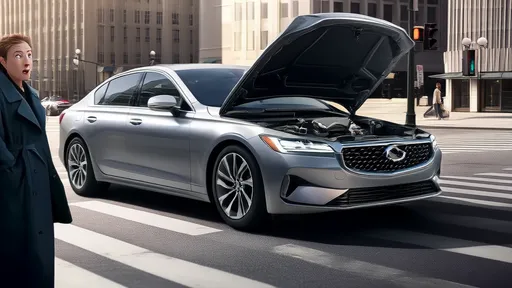
By /Jun 15, 2025
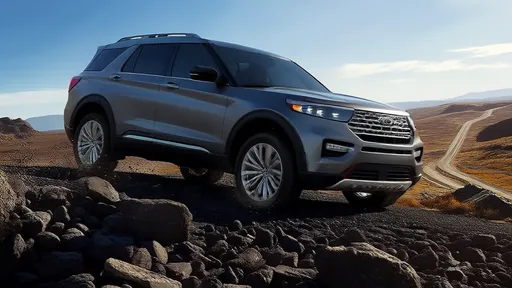
By /Jun 15, 2025

By /Jun 15, 2025
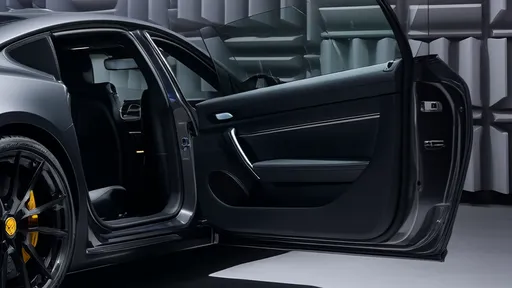
By /Jun 15, 2025
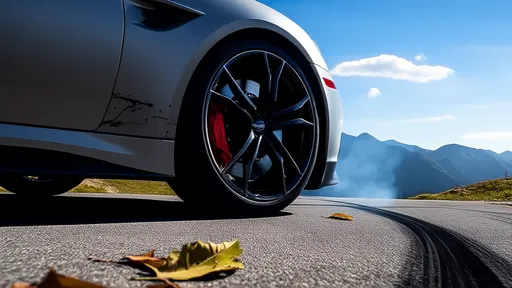
By /Jun 15, 2025

By /Jun 15, 2025
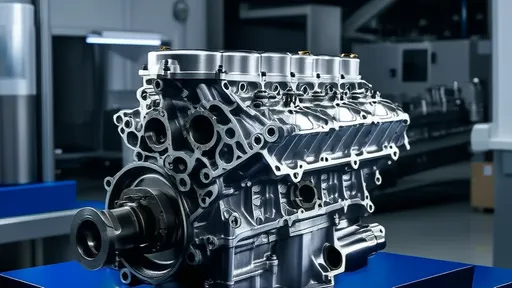
By /Jun 15, 2025
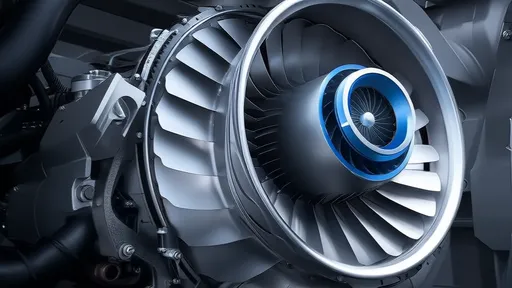
By /Jun 15, 2025

By /Jun 15, 2025

By /Jun 15, 2025
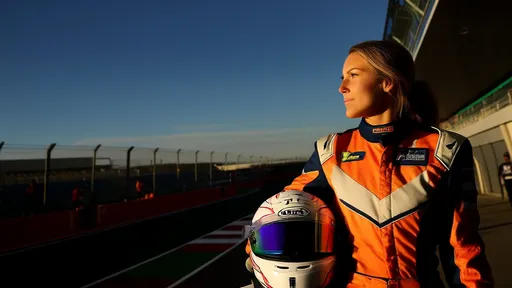
By /Jun 15, 2025
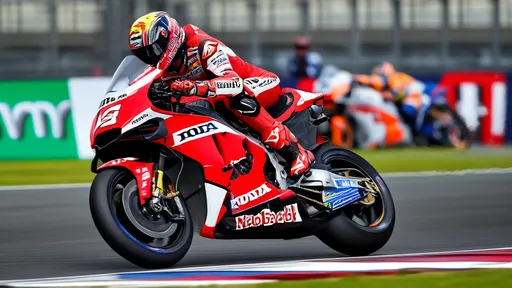
By /Jun 15, 2025

By /Jun 15, 2025

By /Jun 15, 2025
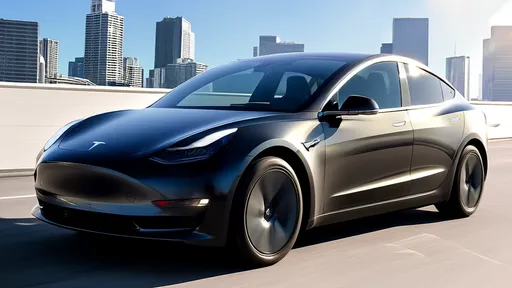
By /Jun 15, 2025